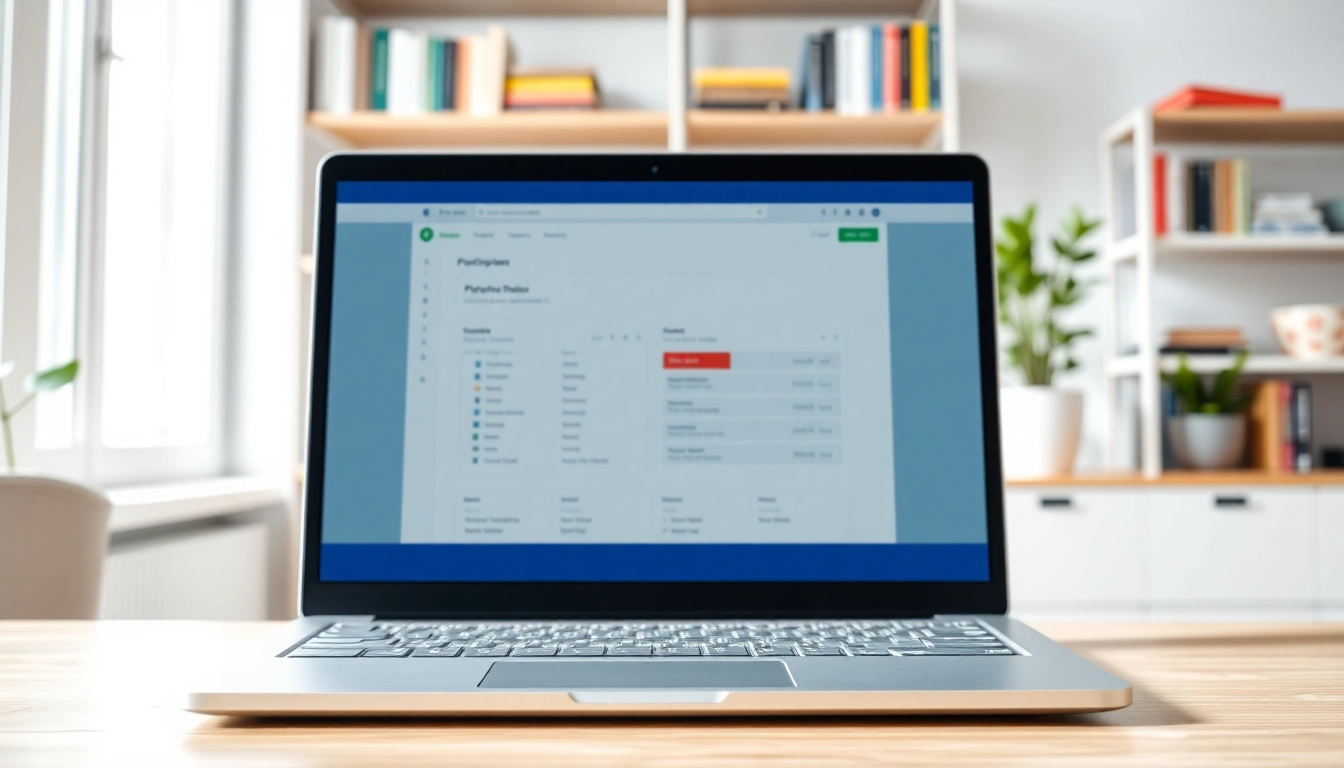Understanding Plagiarism and Its Consequences
What is Plagiarism?
Plagiarism is often defined as the act of using someone else’s work, ideas, or intellectual property without proper acknowledgment. It can manifest in various forms, from directly copying text and images to more subtle instances such as paraphrasing someone else’s ideas without credit. As a growing issue in academia and professional writing, plagiarism undermines the integrity of original work and can lead to serious penalties for those who engage in it.
Types of Plagiarism
Understanding the types of plagiarism is crucial for both creators and consumers of content. Common types include:
- Direct Plagiarism: Copying someone else’s work word-for-word without quotation marks or citation.
- Self-Plagiarism: Reusing one’s own previously published work without acknowledgment.
- Patchwork Plagiarism: Combining multiple sources into a single text without proper citation.
- Accidental Plagiarism: Inadvertently failing to cite sources correctly due to lack of knowledge about citation guidelines.
Consequences of Plagiarism in Academia
The ramifications of plagiarism in academic settings can be severe, affecting both a student’s reputation and career. Serious consequences may include:
- Receiving a failing grade on the assignment or course.
- Being placed on probation or expulsion from the educational institution.
- Long-term damage to one’s academic reputation and career opportunities.
Due to these potential consequences, utilizing a reliable plagiarism detector becomes essential for ensuring originality and credibility.
The Importance of Using a Plagiarism Detector
How Plagiarism Checkers Improve Writing Quality
Plagiarism detectors significantly enhance writing quality by helping writers maintain originality. By identifying unintentional plagiarism, these tools allow authors to refine their work, ensuring that it accurately reflects their ideas and voice. Moreover, regular use promotes a habit of citing sources correctly, contributing to overall better writing practices.
Benefits of Regular Use of Plagiarism Tools
Incorporating plagiarism detection tools into the writing process offers numerous benefits:
- Enhanced Learning: Writers become more aware of proper citation methods and the importance of originality.
- Time-Saving: Detecting potential issues early allows for timely revisions, saving writers from last-minute stress.
- Increased Credibility: Submitting original work enhances an author’s reputation in their field.
Impact on Academic Integrity
Maintaining academic integrity is essential for the credibility of institutions and individuals alike. Plagiarism checkers serve as a deterrent for academic dishonesty, encouraging students and researchers to prioritize originality and ethical writing practices.
Finding the Right Plagiarism Detector for Your Needs
Key Features to Look For
When selecting a plagiarism detector, certain features can significantly affect the tool’s effectiveness:
- Comprehensive Database: Tools that reference a larger array of sources provide more reliable results.
- User-Friendly Interface: An intuitive layout allows users to navigate effortlessly through the tool’s features.
- Report Generation: Detailed reports that highlight specific issues help writers improve their work.
Free vs. Paid Plagiarism Detectors
While many free plagiarism detectors exist, their capabilities can be limited compared to paid options. Paid services often offer advanced features such as:
- Higher accuracy rates in detecting plagiarism.
- Comprehensive coverage of academic journals and books.
- Better user support and frequent updates.
Integration with Other Writing Tools
Many plagiarism detectors can integrate seamlessly with word processors or collaboration platforms, streamlining the writing and editing process. This integration allows writers to check for plagiarism in real-time, facilitating a more efficient workflow.
Best Practices for Using Plagiarism Detectors
How to Maximize the Effectiveness of Your Detector
To get the most out of a plagiarism detector, consider the following best practices:
- Always run your work through the detector before final submission.
- Review the detected issues carefully, analyzing how to rephrase or cite correctly.
- Use the tool regularly as part of your writing routine to establish good habits.
Understanding Report Results
After running a document through a plagiarism checker, understanding the results can make a big difference:
- Similarity Index: This percentage shows how much of the text matches existing sources. A higher percentage indicates potential plagiarism that needs addressing.
- Source Links: Reputable tools provide links to original sources for users to review and cite appropriately.
- Highlighting Issues: Look for highlighted sections in your document that indicate problematic areas that may require rewording or additional citations.
Common Mistakes to Avoid
To effectively use plagiarism detectors, avoid these common pitfalls:
- Assuming a low similarity percentage equals originality.
- Neglecting to follow up on detected issues and expecting the tool to guarantee plagiarism-free work.
- Using multiple detectors without understanding each tool’s settings and capabilities.
Future of Plagiarism Detection Technology
Emerging Tools and Technologies
The landscape of plagiarism detection is constantly evolving, with new tools incorporating advancements in artificial intelligence and machine learning. These emerging technologies promise enhanced accuracy and capabilities, allowing for more nuanced evaluations of originality.
AI in Plagiarism Detection
Artificial intelligence plays a crucial role in the future of plagiarism detection, as it can analyze writing styles, recognize paraphrasing, and even identify content generated by AI. Such capabilities will help users maintain academic integrity while adapting to the changing dynamics of content generation.
Predictions for the Coming Years
As technology continues to advance, we can expect plagiarism detection tools to become increasingly sophisticated, possibly integrating features like real-time collaborative editing and automatic rewriting suggestions. This means the future of academic integrity will likely hinge on tools that not only detect but also aid in creating original content.
